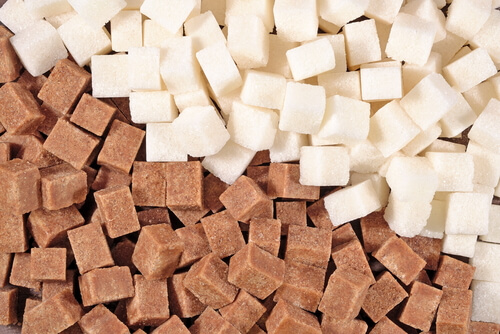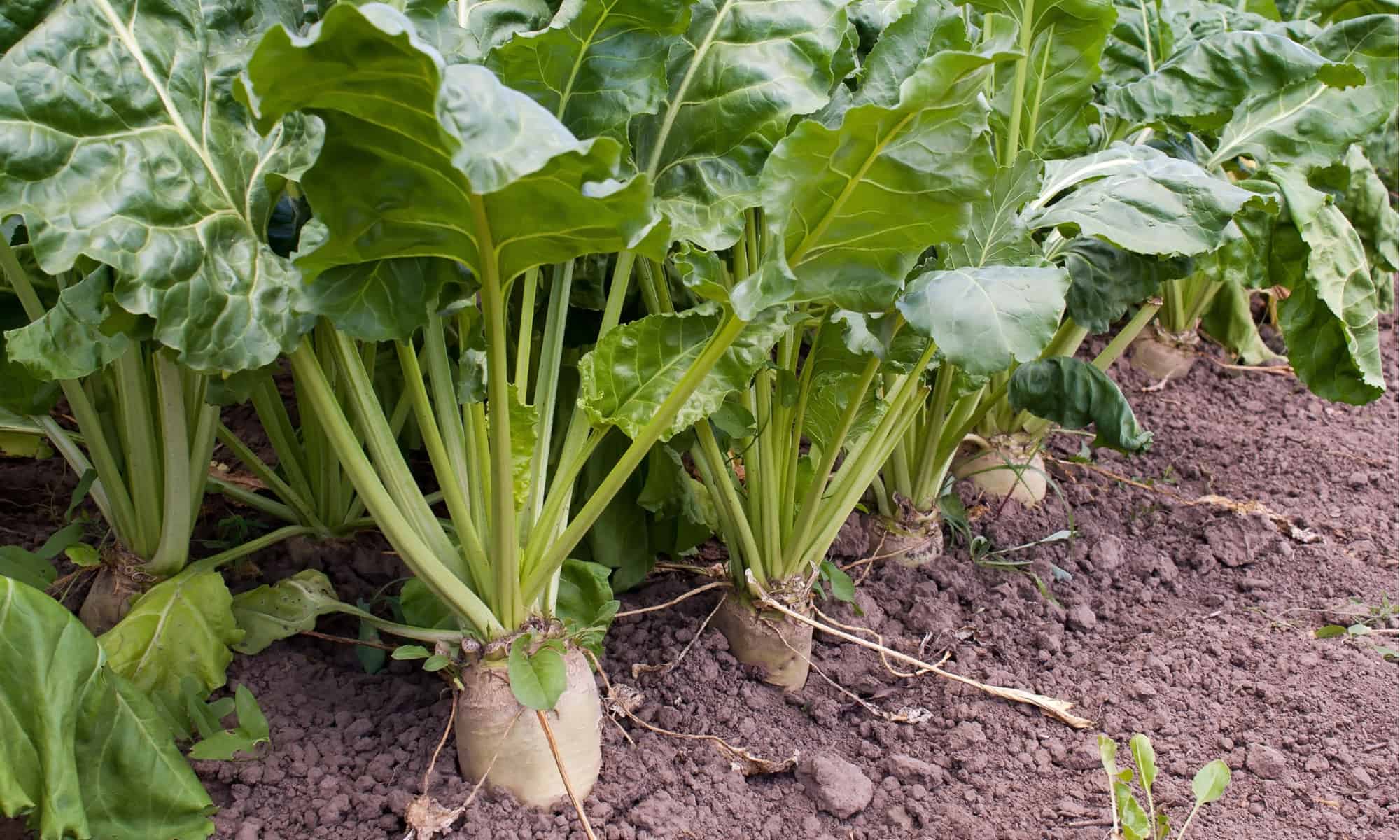In discussions of beet sugar vs cane sugar, the type of the sugar plays a important role in its characteristics.
Recognizing the Nutritional Conveniences of Beetroot Sugar Vs Cane Sugar for Health Conscious Consumers
When analyzing the dietary implications of beet sugar versus cane sugar, health-conscious consumers locate that both varieties largely are composed of sucrose and offer similar calorie worths, each adding about 16 calories per teaspoon. Regardless of this similarity, neither kind gives considerable health advantages, as they are lacking essential nutrients. Discovering the wider effects, including ecological factors to consider and lasting health and wellness impacts of sugar usage, might brighten a lot more nuanced distinctions between these 2 sugars.
Nutritional Account and Caloric Value of Beetroot Sugar and Cane Sugar
Although both beetroot sugar and walking stick sugar are mainly made up of sucrose, their nutritional accounts and calorie values are remarkably comparable. Each provides around 16 calories per tsp and consists virtually completely of carbohydrates, with marginal quantities of protein or fat. These sugars likewise do not have significant amounts of vitamins or minerals. The improvement procedure strips away the majority of the intrinsic nutrients, providing both kinds almost the same in regards to nutrition. There are trace distinctions in the impurities that stay after processing, which can somewhat influence the taste and color of the sugars, yet these are minimal in terms of health influence. For consumers concentrating on dietary effect, the selection in between beetroot and walking cane sugar is extra concerning personal choice or possible environmental problems as opposed to dietary distinctions. Both ought to be eaten in small amounts within a balanced diet regimen because of their high caloric content and absence of necessary nutrients (beet sugar vs cane sugar).
Environmental Effect and Sustainability of Sugar Manufacturing
While the nutritional differences between beet sugar and cane sugar are minimal, their production procedures offer more substantial disparities, particularly in regards to environmental influence and sustainability. Walking stick sugar manufacturing often entails substantial land use and logging, which adds to environment destruction and biodiversity loss. This farming see this site is also associated with high water intake and water contamination as a result of the overflow of pesticides and fertilizers. On the other hand, beet sugar manufacturing normally calls for much less land and can be cultivated in even more warm climates, which may lower the requirement for watering and the associated water source depletion.
However, beet cultivation is not without its environmental challenges; it includes significant energy inputs, particularly in the north climates where it is grown, as a result of the requirement for longer home heating durations in sugar processing. Both sugar beetroot and sugar walking cane markets are checking out extra lasting techniques, including crop rotation, natural farming, and enhanced waste administration methods to alleviate these impacts.
Health Impacts and Recommendations for Sugar Usage
Regardless of their marginal dietary distinctions, both beet sugar and walking cane sugar can have damaging wellness impacts when eaten over. High consumption of either sort of sugar adds to an array of health issues, including weight problems, type 2 diabetic issues, and cardiovascular disease. Both sugars are pure sucrose and deal no important nutrients apart from calories, leading to quick spikes in blood glucose degrees upon usage.


Conclusion
